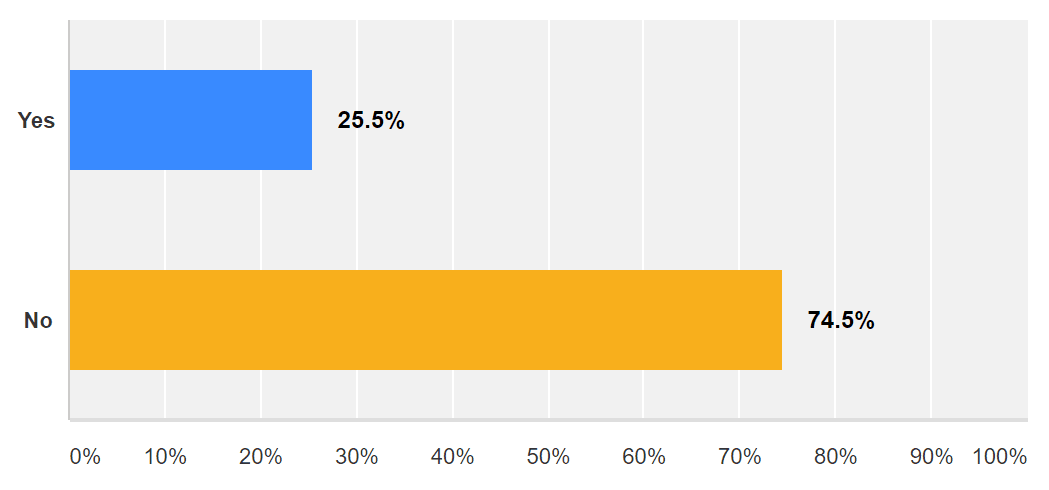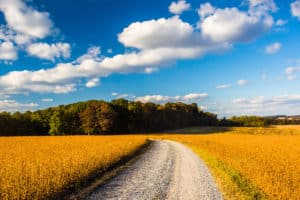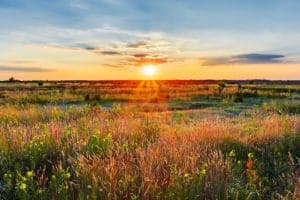Last month, the LANDTHINK Pulse posed the following question to our audience: Should golf courses be eligible for conservation easement tax deductions? Our informal online survey revealed that 74.5% of respondents think that golf courses SHOULD NOT be eligible for conservation easement tax deductions.
A conservation easement is a voluntary agreement between a landowner and a land trust or government, that protects the land from development and enhances wildlife and natural habitat. These environmental easements “run with the land”, meaning they automatically transfer from the present owner to future owners and therefore becomes part of the chain of title. Conservation easements are not required to have public access. They are designed with a specific set of objectives in mind (based on the needs of the land owner) and they offer tremendous tax incentives if the property meets conditions and qualifies as a charitable deduction.
There is no question; the LANDTHINK audience solidly believes that golf courses should be excluded from eligibility for the conservation easement tax break. Most people in opposition argue that the heavy use of herbicides, fertilizers, and chemicals by golf courses does not serve to protect the land and natural habitat. Only 25.5% answered “YES”, indicating golf courses should be eligible for conservation easement tax deductions.
It was not until the 1990’s that conservation easements became a widely popular avenue for protecting land in perpetuity. The subject has even been injected into the current presidential race. James Moorhead, founder of the Moorhead Law Group, enlightened us on Donald Trump’s use of conservation easements as a advantageous tax deduction. In his article “Trump’s Golf Courses Expose Conservation Quagmire”, published to LANDTHINK last March, James clearly explains how Donald Trump takes the utmost advantage of the tax break on many of his golf course and other properties. James clarifies that “Donald Trump availed himself of the benefit of conservation easements in a way that was neither illegal nor much different than many other land owners in the United States.”
Here is the final tally:

- 74.5% said NO
- 25.5% said YES
Thank you to everyone who participated and shared the Pulse with friends and connections in the land industry.
We are excited to introduce the new monthly LANDTHINK GET LAND SMART Sponsorship designed specifically to reward our VIP customers and provide the maximum amount of value. In association with the LANDTHINK Pulse, the GET LAND SMART Sponsorship will have your name radiating throughout the LANDFLIP network. Main features of the GET LAND SMART Sponsorship include your name, logo, and website link on the LANDTHINK Pulse page (all month), the opportunity to assist in creating your sponsored Pulse question (with LANDTHINK approval), promotion in the Pulse question results article on LANDTHINK.com (the following month) and much more. Only 3 monthly GET LAND SMART Sponsorships will receive the introductory price. This is a limited time offer, so contact us to learn more about this significant savings.
Do you have a suggestion for next month’s Pulse question? Submit your question here and we might choose yours!
Should land real estate agents be required to take some natural resource training (forestry, wildlife, agronomy) before selling land? We’d like to know your opinion! Click here to answer the May Pulse question.
This content may not be used or reproduced in any manner whatsoever, in part or in whole, without written permission of LANDTHINK. Use of this content without permission is a violation of federal copyright law. The articles, posts, comments, opinions and information provided by LANDTHINK are for informational and research purposes only and DOES NOT substitute or coincide with the advice of an attorney, accountant, real estate broker or any other licensed real estate professional. LANDTHINK strongly advises visitors and readers to seek their own professional guidance and advice related to buying, investing in or selling real estate.










We have a simple illustration to differentiate a golf course from habitat:
For a garden hose of water you have a choice: 1) an acre of pond or lake if designed correctly is filled with native fish, amphibians and thousands of rare wildflowers, or 2) an acre of fairway that will feed geese and leach excessive nutrients into the surface aquifer. Goose hunters do not get a vote in this… Which of these two sounds more like habitat?
While golf courses can be attractive to the sub/urban eye, they don’t offer much for wildlife other than grass and a drink out of a water hazard. ( by the way, we are not “greenies”. We are hard corp Biologists who only follow real science)